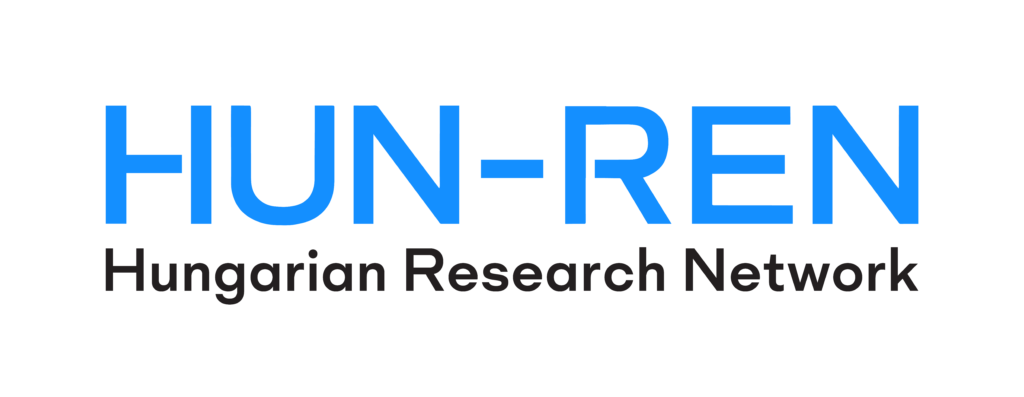For a long time, global educational comparisons suggested that Hungary was well positioned. Enrolment in education has traditionally been high and still two decades ago Hungarian students consistently outperformed their counterparts in much of the industrialised world in international tests of mathematics and science performance. However, the most recent PISA assessment in 2006 showed Hungarian 15-year-olds performing just around the OECD average level in science, Hungary’s traditional strength, and in other subject areas below OECD standards. The challenges which education systems face can no longer be successfully addressed by incrementally stretching 19th century school systems with 20th century teachers to teach 21st century students.
The book provides a science-based perspective for how Hungary can transform its education system to move from “hit and miss” policies to establishing universal high standards, from uniformity in the system to embracing diversity, from managing inputs and a bureaucratic approach to education towards devolving responsibilities and enabling outcomes, from talking about equity to delivery equity, and from a system where schools no longer receive prefabricated wisdom but take initiatives on the basis of data and best practice.


